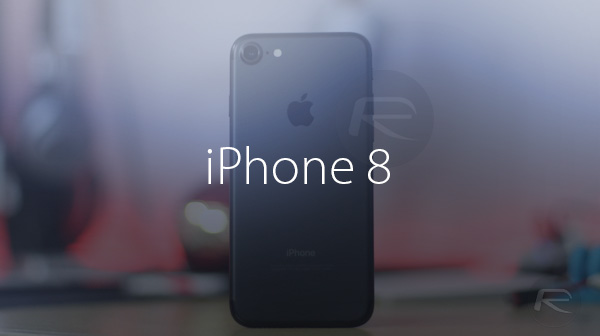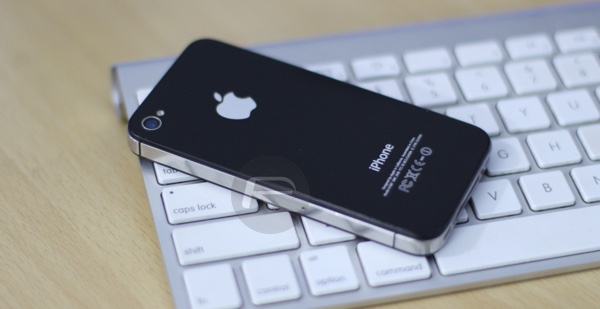A new report leaked out of Asia is suggesting that Apple has decided not to invoke the aluminum supply services of Foxconn for this year’s iPhone, instead choosing to purchase stainless steel casings from Jabil with the intention of changing the outer material which forms the main body of the upcoming iPhone.
If accurate, it not only raises the excitement levels about the potential of an entirely new design for this year’s iPhone, but also adds support to earlier suggestions that Apple’s next device could feature a design heavily focused on glass.

This latest speculation on Apple’s chosen design cites a number of Taiwanese sources with insider knowledge of Apple’s plans. It’s an interesting suggestion considering that Apple’s iPhone 4 and iPhone 4s were the last iPhone models to be manufactured from a steel alloy, with the middle of the device sandwiched with glass. Apple moved away from that design process with the introduction of iPhone 5, choosing to rely on the flexibility and strength of aluminum for all models since.
Of course, aluminum hasn’t exactly been without its issues for Apple, with almost every iPhone owner remember the scandal around the potential for the iPhone 6 to bend when put under pressure. Even with that incident Apple didn’t move away from using the material altogether, but instead moved across to a stronger 7000-series aluminum to provide greater structural strength for future models.
In addition to moving across to steel for the iPhone 8, it’s also being suggested that the company will manufacture the device with a new metal forging process, rather than utilizing the old billet milling approach as adopted with the iPhone 4s.

The idea of moving across to steel doesn’t immediately seem beyond impossible. Apple’s next iPhone has heavily been tipped to include a design that’s heavily based around glass elements, something which has been heavily discussed by analysts and industry insiders since mid-2016. The real question is whether or not we will see a device that introduces OLED technology, as well as an invisible Home button, or just a phone with new physical aesthetics?
(Source: DigiTimes [Google Translate])
You may also like to check out:
- iOS 11 Concept Envisages New UI And Features For iPhone 8 [Video]
- This iPhone 8 Concept Features A MacBook Pro-Like Touch Bar [Video]
- 3D Dual-Lens Camera Tech Tipped For iPhone 8
- iOS 10.2.1 Beta 3: What Are The Changes?
You can follow us on Twitter, add us to your circle on Google+ or like our Facebook page to keep yourself updated on all the latest from Microsoft, Google, Apple and the Web.

